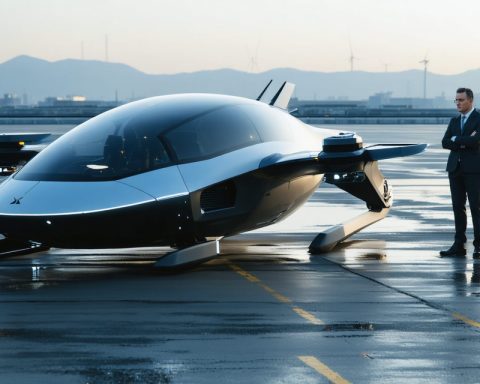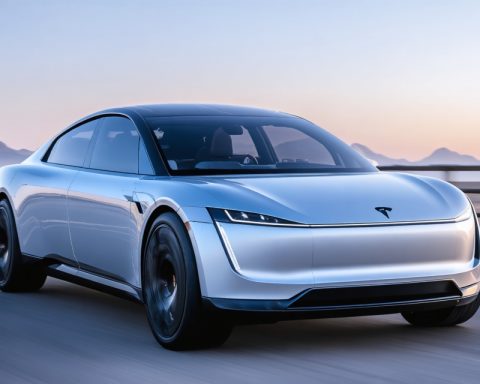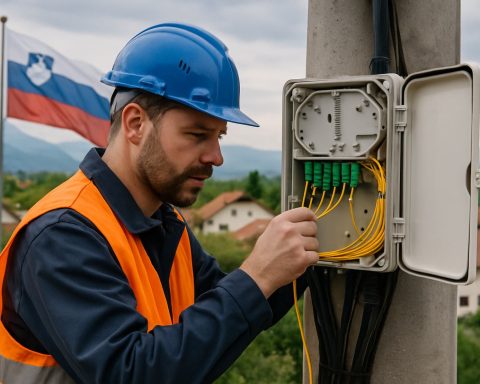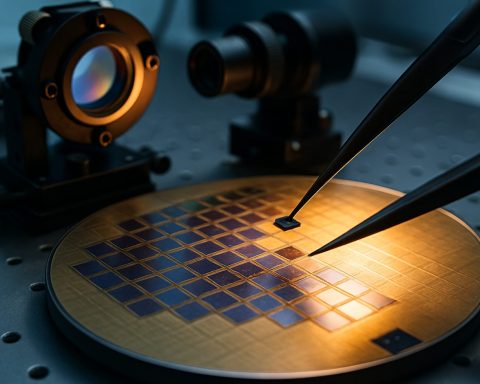
The Great Showdown: How LiDAR Outsmarts Tesla’s Vision System in Mark Rober’s Fascinating Experiment
Autonomous vehicles are progressing toward Level 5 autonomy, representing full self-reliance, although current systems like Tesla’s remain at Level 2 with semi-autonomous capabilities. Mark Rober’s experiment compares Tesla’s vision-based navigation with LiDAR’s advanced laser mapping technology. LiDAR outperforms vision-based systems in challenging














